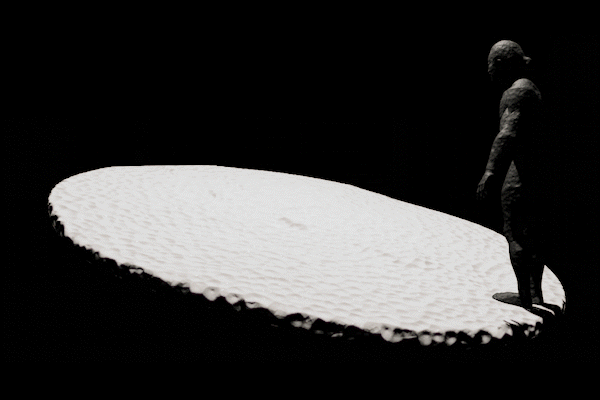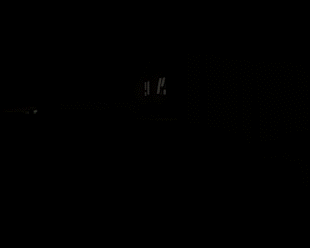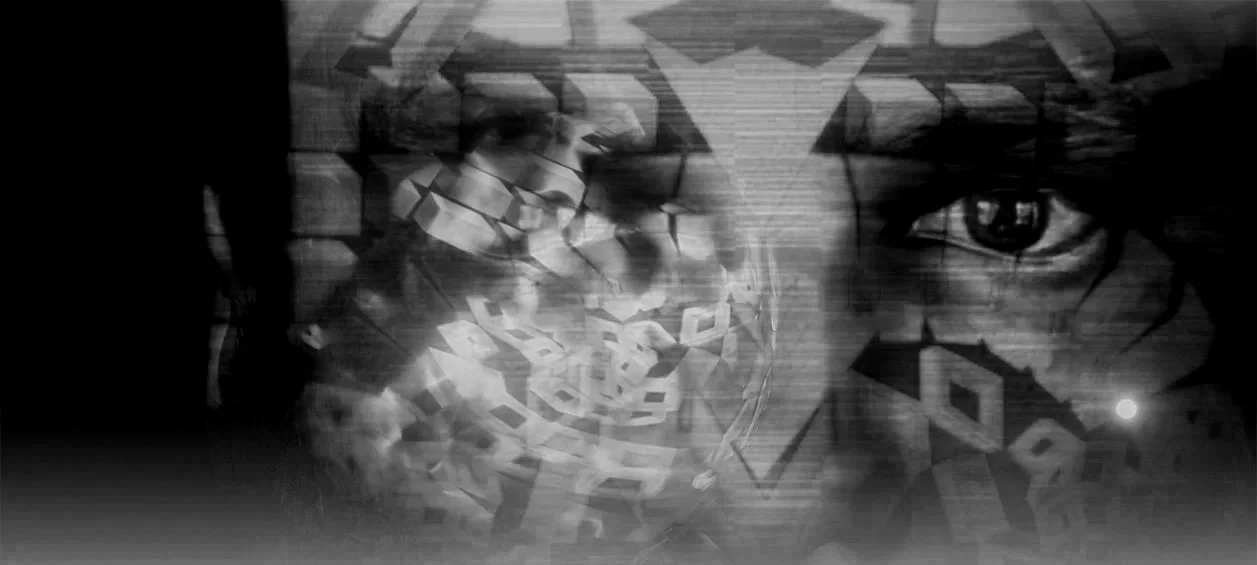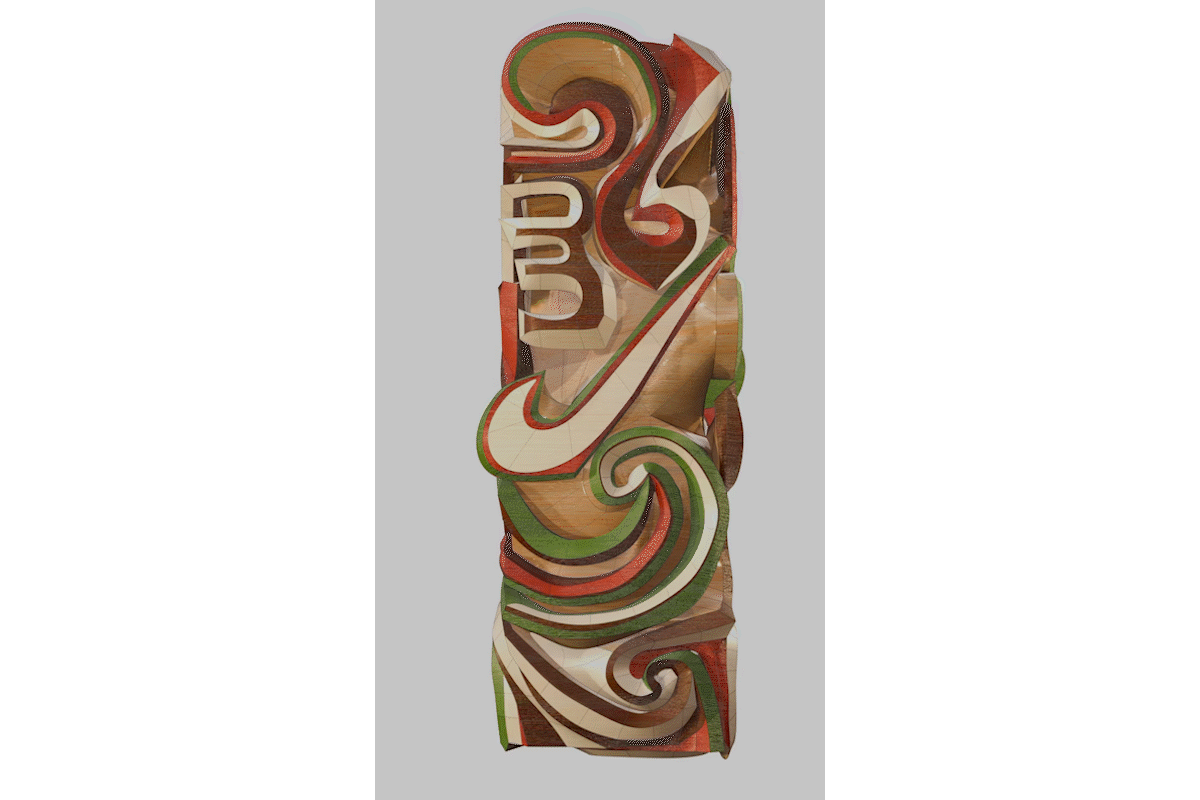
Across the Face of the Moon
(2018, work in progress)
Work in progress.
(2025 3D Model Turntable)
Lightwork based on a Riwai Pakerau Kowhaiwhai
(2022-2025, Vinyl Print on LED Lighbox)

2012 Matamata
Rangituhia Hollis & Vaimaila Urale Collaboration
Māngere Arts Centre, Māngere, Sth Auckland, New Zealand.
Photo credit Janet Lilo

2012 Kei Mate Mangōpare
1 of 4
1 is in the collection of the Auckland Art Gallery - Toi o Tamaaki
Writing
The Other side of speaking. More Than we know. Hollis, R (2012) [Exhibition Catalogue]. Gus Fischer Gallery. Tautai Pacific Arts Trust. University of Auckland Press.

2007 Māngere Whare (Kapua)
Kapua is made of multiple parts
First shown in 2007 at MIT Otara

Across the Face of the Moon (short film) Official Selection, International Category Oberhausen International Short Film Festival, Germany
(2021, Animation & Video)
Across the Face of the Moon is an iterative project, that draws on a range of animation techniques. This was one version of the work.

Waitī & Waitā
(2024 Augmented Reality Sculpture)
matARiki Sculpture Trail @matarikisculpturetrail
Mount Manganui & Tauranga, New Zealand.
Photo credit @naeraohiaphoto

2024 Godzilla Tukutuku (Detail)
Digital Print


















